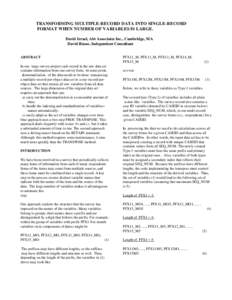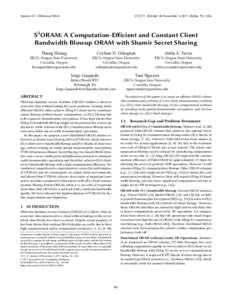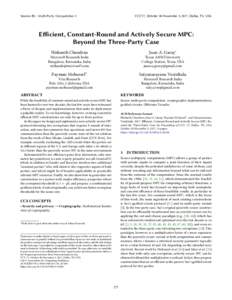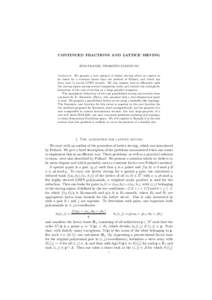<--- Back to Details
| First Page | Document Content | |
|---|---|---|
 Date: 2016-08-17 18:18:26Software engineering Computer programming Computing Source code Type theory Holism Subroutine University of Cambridge Computer Laboratory Macro Constant Variable HindleyMilner type system |
Add to Reading List |
 TRANSFORMING MULTIPLE-RECORD DATA INTO SINGLE-RECORD FORMAT WHEN NUMBER OF VARIABLES IS LARGE. David Izrael, Abt Associates Inc., Cambridge, MA David Russo, Independent Consultant ABSTRACT In one large survey project eac
TRANSFORMING MULTIPLE-RECORD DATA INTO SINGLE-RECORD FORMAT WHEN NUMBER OF VARIABLES IS LARGE. David Izrael, Abt Associates Inc., Cambridge, MA David Russo, Independent Consultant ABSTRACT In one large survey project eac

